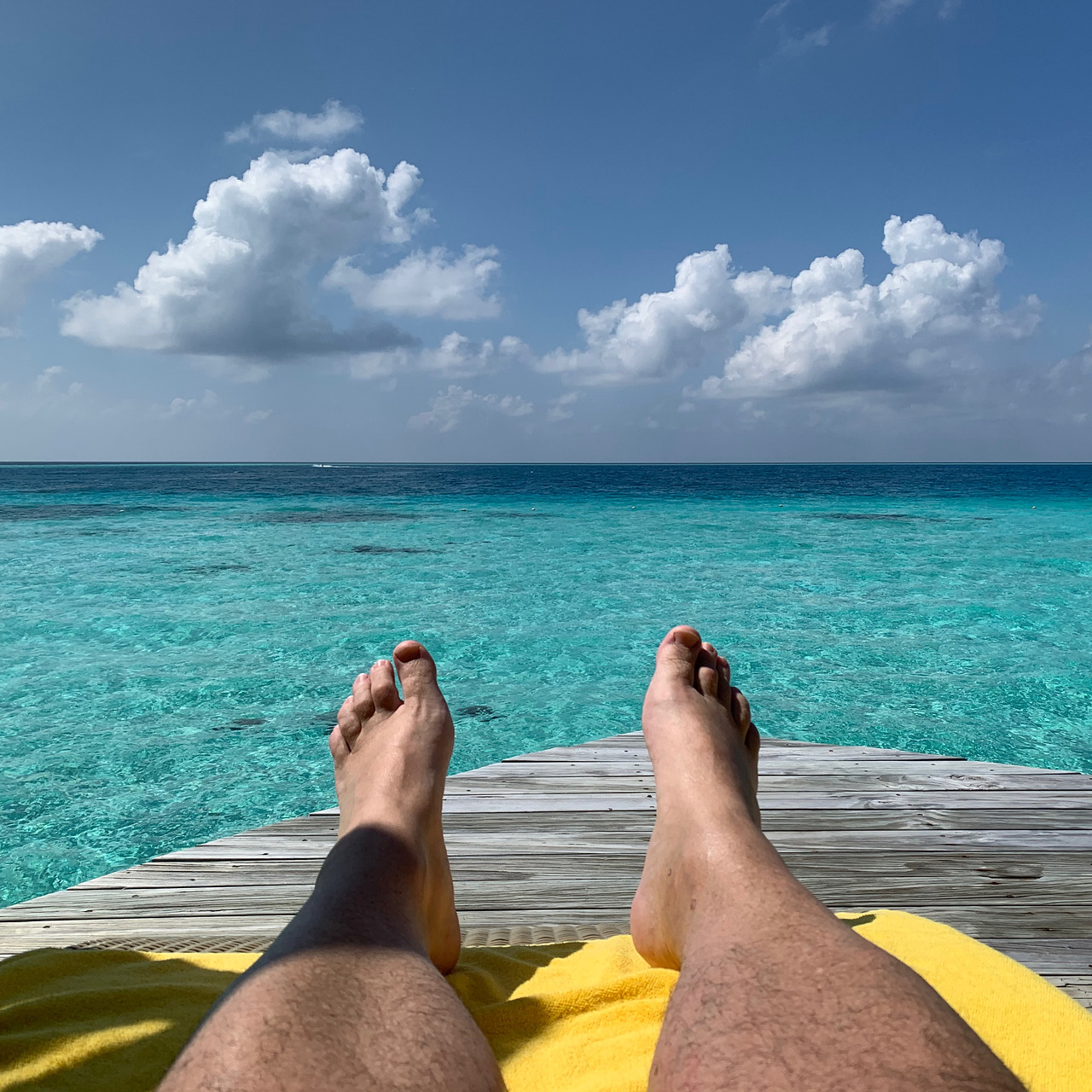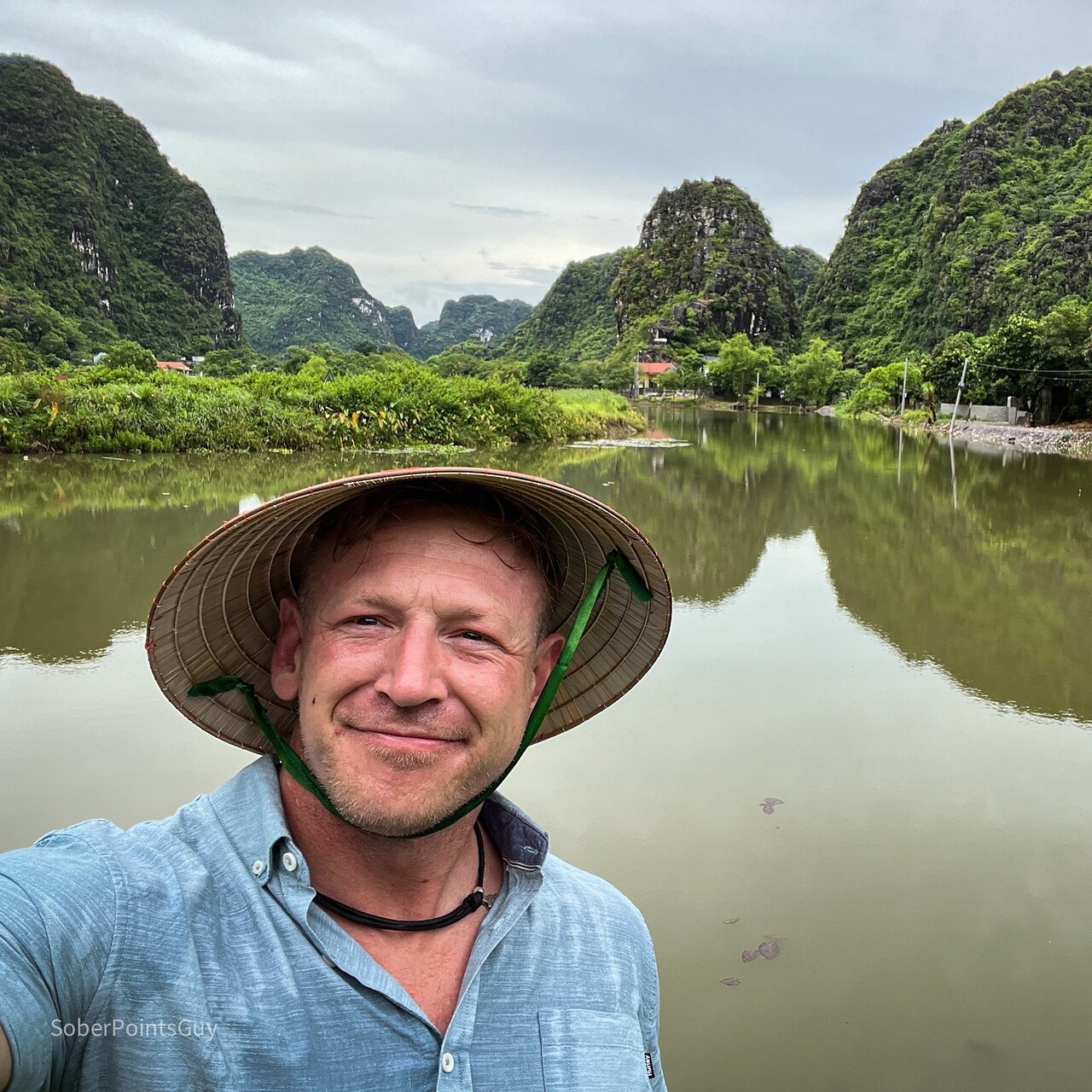Tahiti, A Brief History

Settlement
4000 years ago, settlers from South East Asia left the mainland and travelled eastward, populating Melanesia and Micronesia. They sailed across the vast Pacific Ocean on double-hulled sailing ships made from tree trunks and plant fibre. These Austronesian people became masters of high sea navigation as their journeys became longer as land masses became further and further apart.
Instinctually, using nature-based navigational techniques (star positions, reading the swell in the ocean and cloud formations) these incredibly skilled navigators and sophisticated, highly organized people discovered and settled the current Cook Islands and most of the Polynesian islands between 700 – 500 BC.
From the Polynesian islands, these people (the “Moahi”) sailed to and settled Hawaii, The Easter Islands and New Zealand between 300 AD and 700 BC. This formed what has become known as “The Polynesian Triangle”.
Due to their isolation, the Moahi people across the Polynesian Triangle developed a unique Polynesian identity that has fascinated and charmed visitors for centuries.
Discovery And Influential Visitors…
In 1521, the first Polynesian Island Puka Puka in the Tuamotu island chain was discovered by Magellan on a Spanish expedition. It wasn’t until 1767 that Captain Wallis discovered Tahiti for the British, and the islands were officially charted.
On the first round the world expedition by the French Navy, Captain Bougainville arrived on Tahiti in 1768. He wanted to rename the Islands ‘La Nouvelle Cythere’, (where according to Greek mythology the greek goddess of love Aphrodities was born) and so began the myth of paradise found on earth.
Later, Captain Cook was commissioned by the Royal Society of London to trace the transit of Venus across the sun’s surface. He arrived in Tahiti in 1769. Cook made three journeys to Tahiti, and accuratelty predicted the inevitable arrival of tradesman and missionaries that would radically change local life style.
The arrival of HMS Bounty in 1788 and the return of the mutineers to Tahiti a year later played an important role in Polynesian history. The mutineers who stayed on Tahiti trained the local population in the use of firearms and European war tactics, also exposing them to language, customs and western culture.
With the arrival of the first Protestant missionaries on the Duff sent by the London Missionary Society in 1797 followed by the Catholic missionaries, Christianity spread rapidly. When in 1819 the second King of Tahiti, Pomare was converted to Christianity new laws and codes of conduct were introduced which saw the quick demise of an ancient culture, demonised and rejected by the missionaries.
Ancient
Culture
The first visitors discovered a highly developed hierarchy of social and religious chiefs, a complicated code of etiquette and highly skillful fishermen, sailors and craftsmen.
They discovered an oral culture where colorful legends, story telling, dance and music were linked to every aspect of life, from greeting and welcoming visitors, praying, challenging other authority or power and to seduction. They discovered a people where respect, order, joy, courage and generosity were and remain key to their identity.
Control
Britain and France fought for control of Polynesia, through the influence of the Protestant and Catholic church. The Tahitian Dynasty (formed shortly after the arrival of the first explorers and missionaries) signed the islands over to France in 1842 when it become a French Protectorate. In 1880, the islands of Tahiti and Moorea were annexed (colonialised), their fate sealed by the last king of Tahiti, Pomare V.
Of the 119 islands that make up French Polynesia the last of the islands to be annexed were Rimatara and Rurutu in the Austral Islands (southeast of Tahiti). These two islands resisted French rule up until 1889, and were annexed in 1900 despite their plea for help to the British. These days the county has its autonomy and is considered a self governing overseas country of France.
Modern Change
Immigration was actively encouraged by the governing bodies during the late 1800s. In the 1900’s French Polynesia saw an influx of many European, American and Chinese citizens which led to the mixed race, tolerant society evident today in Polynesia. The ideas of chiefs and old rituals were replaced by modern living. The return of Polynesians who served under the French flag in both the First and Second World Wars resulted in a political awakening in Polynesians. Some began to call for their autonomy and some for complete independence from France.
With the creation of an International airport in 1962, Tahiti opened up to the world. The setting up of the CEP, the Pacific Experimentation Centre (Centre d’Expérimentation du Pacifique) the nuculeur tests that took place 1200km from Tahiti on the Polynesian islands of Mururoa and Fagataufa from 1966-1996 employed more than half of the Polynesian population. Looking for work and new opportunities, there was a massive migration of Polynesians from the outer islands to Tahiti. Polynesia became part of the world economy. Polynesians became modern day consumers.
Despite being “discovered” and all the tumultuous changes that followed over the last 250 years in Polynesia, the ancestral skills of the artisans, navigators, tattoo artists, fishermen, farmers, local doctors and remedy makers have survived. In fact, like the culture in general, they thrive. Just look at the men and women rowing in their Vaa’as (Tahitian canoes) in the lagoon near downtown Papeete on their lunch hours to see this testament of their culture’s endurance. Or catch the nightly news, today typically broadcast first in Tahitian, then in French. After years of being subdued and crushed the local culture is seeing a massive revival. The Polynesians’ strength and resilience go hand in hand with the amazing beauty of these breathtaking islands.
OUR SOCIAL
Follow Us On Social Media
Follow to receive tips and tricks to travel and prepare to have a wonderful time here
Tripadvisor Ratings & Reviews
With an unwavering commitment to quality, we've left a trail of delighted customers eager to share their stories.







